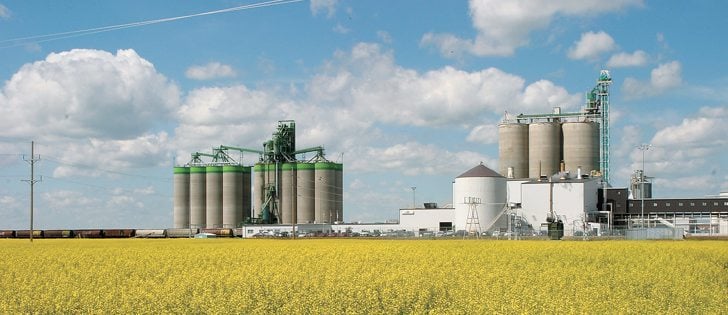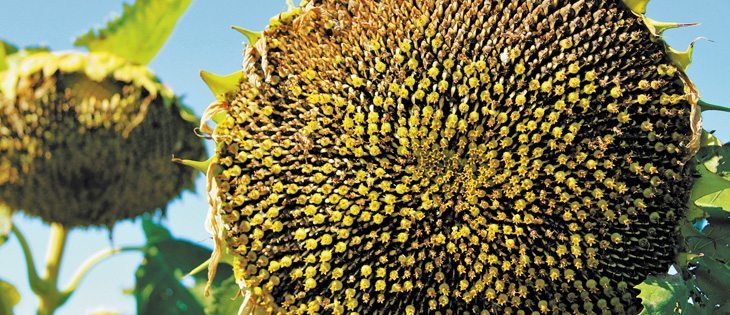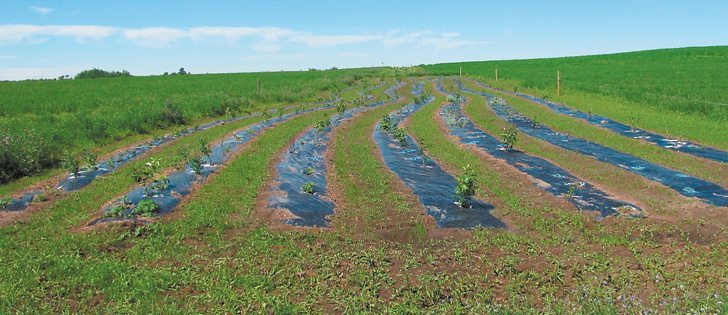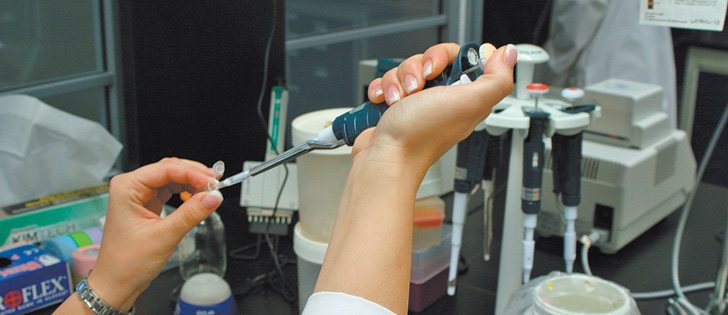Pastures dry up | Rising feed prices are forcing herd liquidation, sending prices down
A dry hot summer in the United States has created an uncertain cattle market, says a Kansas State University agriculture economist.
Drought has been the reality for several years in the large cow producing states of Texas and Oklahoma, but the situation has spread and created a national crisis, Glynn Tonsor said in a webinar Aug. 7.
“This is more of a national drought as opposed to a southern Plains drought or regional drought,” he said.
The percentage of acreage rated as poor or very poor has spiked and about three quarters of the U.S. cow herd, or 22 million head, live in these hardest hit areas.
Read Also

Government support for Canadian farmers has plummeted
Subsidies in Canada were 30 per cent of gross farm receipts in 1980s and are now around eight per cent
“Three-fourths of the cows reside in areas of notable pasture distress and that is showing up in the market with a notable pull back in calf prices,” he said.
Reduced corn crops, pastures in distress and consequently higher feed prices are slamming the cattle market.
Earlier predictions of historic prices for the cow-calf sector must be revised. Peak prices and prosperity predicted for 2013 may not happen until 2015.
However, Tonsor remains bullish about the markets, especially if the drought is a one year event.
Before the drought, most analysts expected to see more heifer retention, but now cow-calf owners have changed their minds.
As recently as 90 days ago this sector was expected to record its best year on record but in the last 60 days profitability has dropped by $100 per cow.
“The main reason that occurred is obviously calf prices fell and in addition, cash costs went up,” he said.
Thousands of acres of corn languish in the heat, but there could be an opportunity to use the failed crops for feed.
“There are cases in every state in the union where there is available silage or other alternative feed or grain that cattle producers are not used to using,” Tonsor said.
Others may not be able to hold on, so analysts are starting to watch cow slaughter statistics.
Tonsor is surprised more cows have not gone to market compared to last year.
Slaughter cow prices remain stronger than the five year average. A favourable U.S. currency has kept Australian lean product out of the country, which means domestic product can be used for grinding meat and keep prices steady.
However, cull cow prices might fall by $20 to $30 per hundredweight this fall as more cows go to slaughter.
Many are still asking when the herd might expand, but growth will stall as this uncertainty continues.
In January, the U.S. Department of Agriculture indicated some minor expansion with more heifers being retained.
“If there was any marginal move to expand the herd, it had already ceased by July,” Tonsor said.
The choices for many producers are downsize, maintain the status quo or leave the business.
“The new normal is lots of uncertainty for the beef industry and not everybody is going to be comfortable with that,” he said.
It was once thought expansion would occur when the return was $100 per cow, but that is not enough these days to get people thinking about growth.
“As you add uncertainty, you delay investment.”
Fewer cows producing calves puts greater pressure on feedlots.
Bunk spaces will be filled if producers decide to sell calves sooner, but the high price of grain means feedlots will feel the pinch.
Tonsor is forecasting feedlot losses of up to $200 per head because of high priced feeders and expensive grain.
“The feedlot sector in general is under a lot of stress,” he said.















